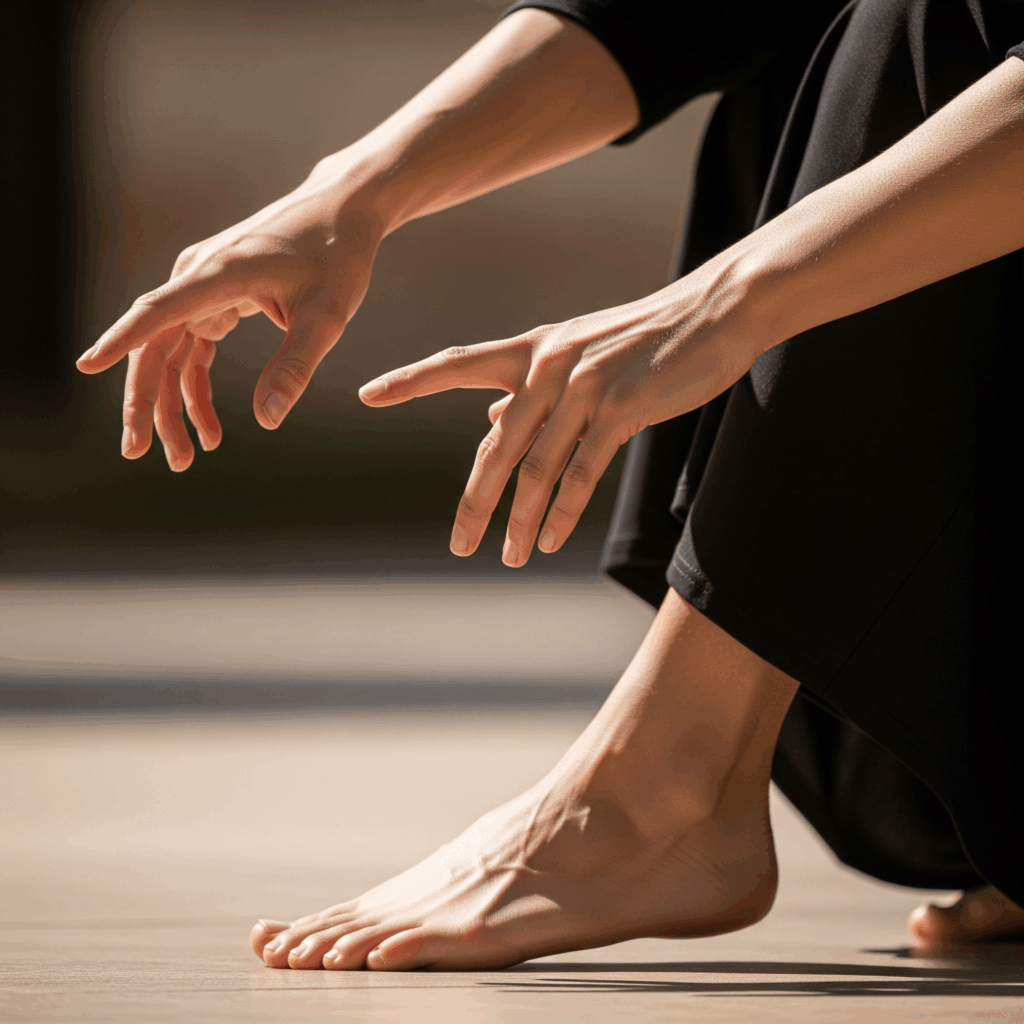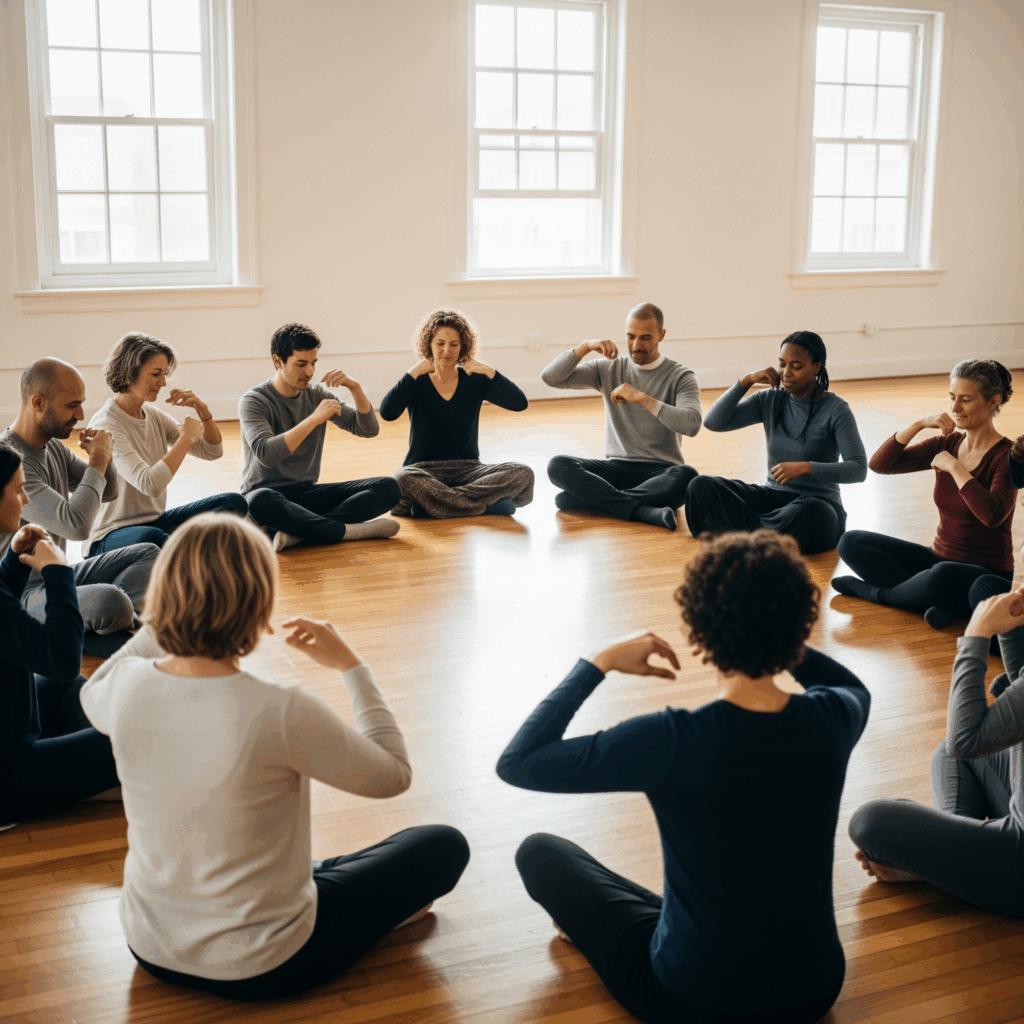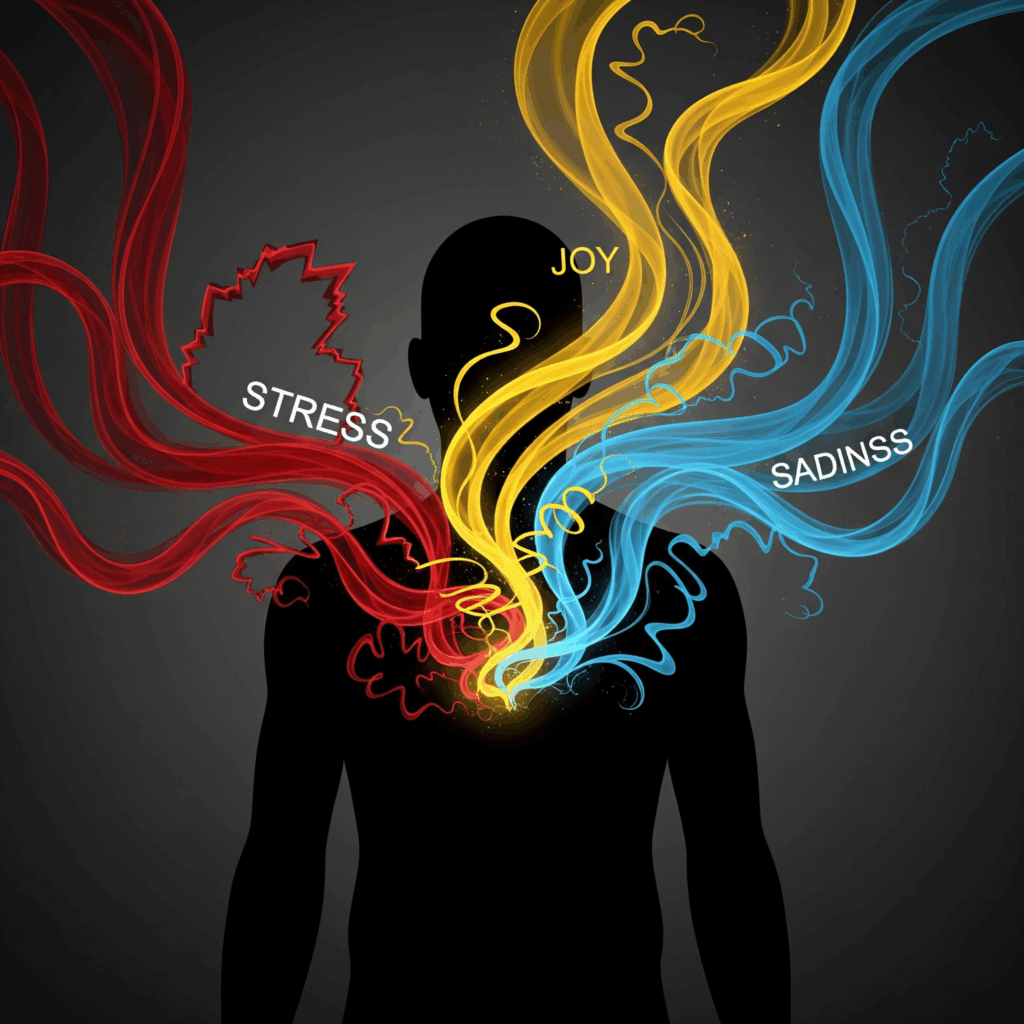The Power of Dance and Movement Therapy
In a world that often feels fast-paced and overwhelming, we are constantly seeking ways to connect with ourselves and find balance. While traditional therapies focus on verbal communication, dance and movement therapy (DMT) offers a profound and holistic approach to healing and self-discovery. It’s not about being a professional dancer; it’s about using the body’s natural language to express, explore, and heal.
What is Dance and Movement Therapy?
DMT is a psychotherapeutic practice that uses movement to promote emotional, social, cognitive, and physical integration. It’s based on the idea that the body and mind are interconnected. When we move, we are not just exercising; we are also communicating feelings, memories, and thoughts that might be difficult to put into words.
It’s a non-verbal conversation with your inner self, guided by a trained therapist.

The Benefits of Getting in Sync
The therapeutic benefits of DMT are vast and well-documented. For those struggling with anxiety, it can serve as a powerful grounding tool, helping to release tension stored in the body. For individuals dealing with depression, it offers a way to increase vitality and experience a sense of joy and connection.
But the benefits don’t stop there. DMT has been shown to:
- Improve emotional expression and regulation: It provides a safe space to explore and release complex emotions without judgment.
- Enhance body image and self-esteem: By reconnecting with your body in a positive way, you can foster a stronger sense of self-worth.
- Strengthen social skills: Group sessions encourage connection and empathy through shared, non-verbal communication.
- Support cognitive function: Movement can improve memory and problem-solving skills by creating new neural pathways.
- Alleviate symptoms of trauma: The body often holds the memory of traumatic events. DMT can help safely process and release this stored trauma.

Who Can Benefit?
DMT is a versatile and inclusive practice. It can be a powerful tool for people of all ages and backgrounds, including children, adolescents, and adults. It has been successfully applied in a wide range of settings, from hospitals and rehabilitation centers to schools and private practices, helping individuals navigate challenges such as:
- Stress and anxiety
- Depression
- Trauma and PTSD
- Chronic illness
- Eating disorders
- Autism spectrum disorder
Movement is a universal language. It is the language of our soul, our emotions, and our very being.

Getting Started
If you’re curious about dance and movement therapy, the best way to begin is to find a board-certified dance/movement therapist. These professionals are trained to create a safe and supportive environment for you to explore your journey through movement. Remember, the goal isn’t perfect choreography—it’s genuine, authentic expression.
So, take a deep breath, listen to your body, and let the rhythm of healing begin.

Leave a Reply